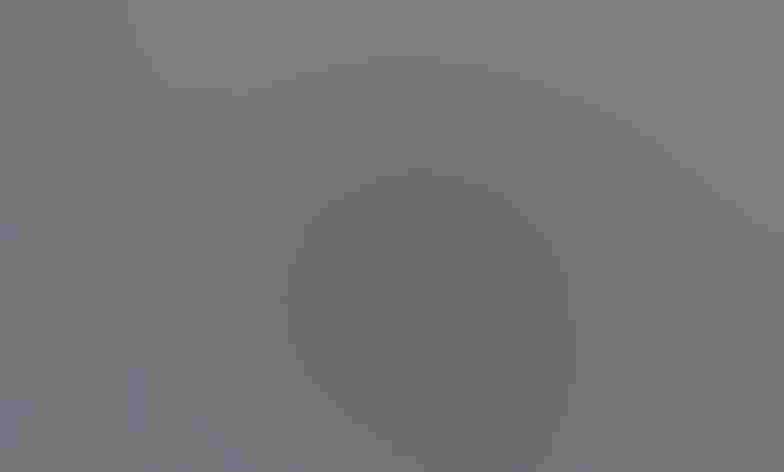Brandt’s Cormorant
At a Glance
Along the Pacific Coast, this cormorant is a common resident of wave-washed rocks and offshore waters. Sociable at all seasons, it is often seen flying in long lines low over the water. Groups roost together on rocks near water, and feed in flocks offshore, often associating with other seabirds.
All bird guide text and rangemaps adapted from Lives of North American Birds by Kenn Kaufman© 1996, used by permission of Houghton Mifflin Harcourt Publishing Company. All rights reserved.
Category
Cormorants, Upright-perching Water Birds
IUCN Status
Least Concern
Habitat
Coasts and Shorelines, Open Ocean, Saltwater Wetlands
Region
Alaska and The North, California, Northwest, Western Canada
Behavior
Direct Flight, Swimming
Population
150.000
Range & Identification
Migration & Range Maps
Mostly permanent resident. Some local movements; birds nesting on Farallon Islands off California mostly absent in winter, perhaps going to adjacent mainland. In southeastern Alaska, apparently only a summer resident in very small numbers. Sometimes wanders along Mexican coast south of breeding range. Almost never found inland.
Description
33-35" (84-89 cm). Bulky and dark, usually looking quite plain. Bare skin of throat pouch turns bright blue in breeding season, but this is hard to see; more noticeable is pale buff band across throat. Immatures are mostly plain dark brown, somewhat paler below.
Size
About the size of a Heron, About the size of a Mallard or Herring Gull
Color
Black, Blue, Brown, Yellow
Wing Shape
Broad, Rounded
Tail Shape
Long, Rounded, Wedge-shaped
Songs and Calls
Croaks and grunts.
Call Pattern
Flat, Simple
Call Type
Croak/Quack
Habitat
Ocean, coast. Almost always on salt water, entering brackish water at mouths of estuaries. May forage fairly close to shore or well out at sea. Nests on islands and locally on mainland, mostly on slopes rather than ledges of vertical cliffs.
Sign up for Audubon's newsletter to learn more about birds like the Brandt's Cormorant
Behavior
Eggs
4, sometimes 3-6. Whitish to pale blue, becoming nest-stained. Incubation is by both sexes, incubation period unknown.
Young
Both parents feed young, by regurgitation. Age at first flight unknown.
Feeding Behavior
See family introduction. Reportedly able to dive deep, perhaps more than 150' below surface. Forages singly or in groups, sometimes in association with sea lions. May forage at all levels from near surface to near bottom, perhaps mostly the latter.
Diet
mostly fish. Eats a wide variety of fish, including herring, rockfish; also some shrimp, crabs.
Nesting
Breeds in colonies. Male chooses nest site and displays there to ward off rivals and attract mate. Displays include drawing head back with blue throat pouch extended and bill pointed upward, spreading tail, and fluttering wings; also thrusting head forward and downward in rapid repeated strokes. Nest: Site is on ground, either level or steeply sloped. Nest is mound of seaweed, eelgrass, algae, cemented by droppings. Most nest material is obtained underwater; male does most of gathering, female does most of building. Pair may use same nest every year, adding to it annually.
Conservation
Conservation Status
Local populations fluctuate, but overall numbers probably stable.
Climate Threats Facing the Brandt's Cormorant
Choose a temperature scenario below to see which threats will affect this species as warming increases. The same climate change-driven threats that put birds at risk will affect other wildlife and people, too.









